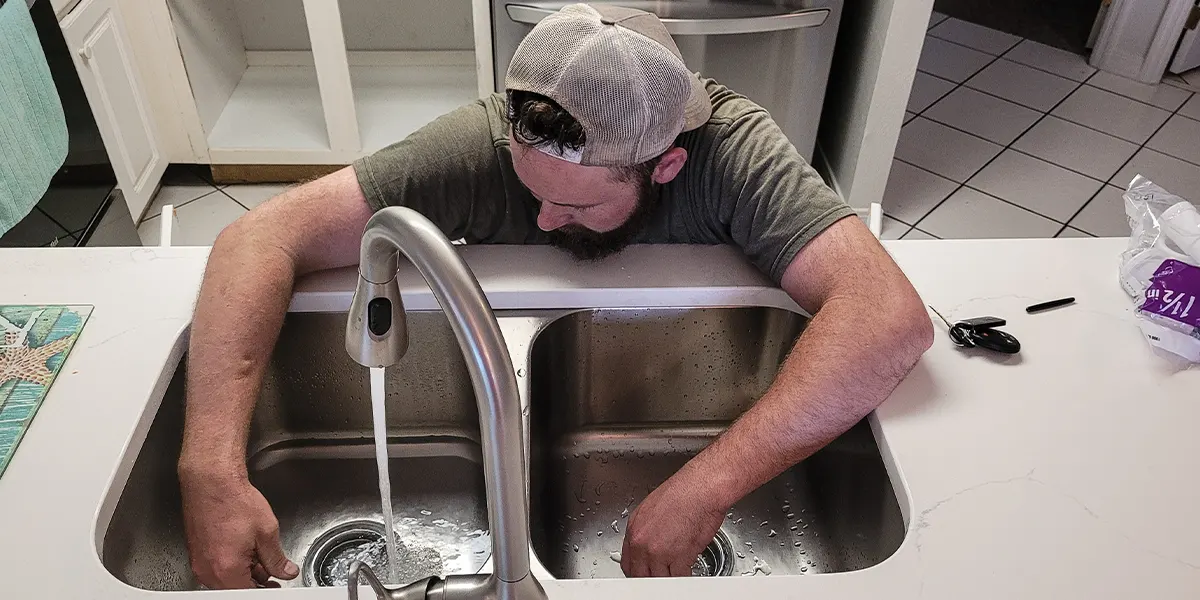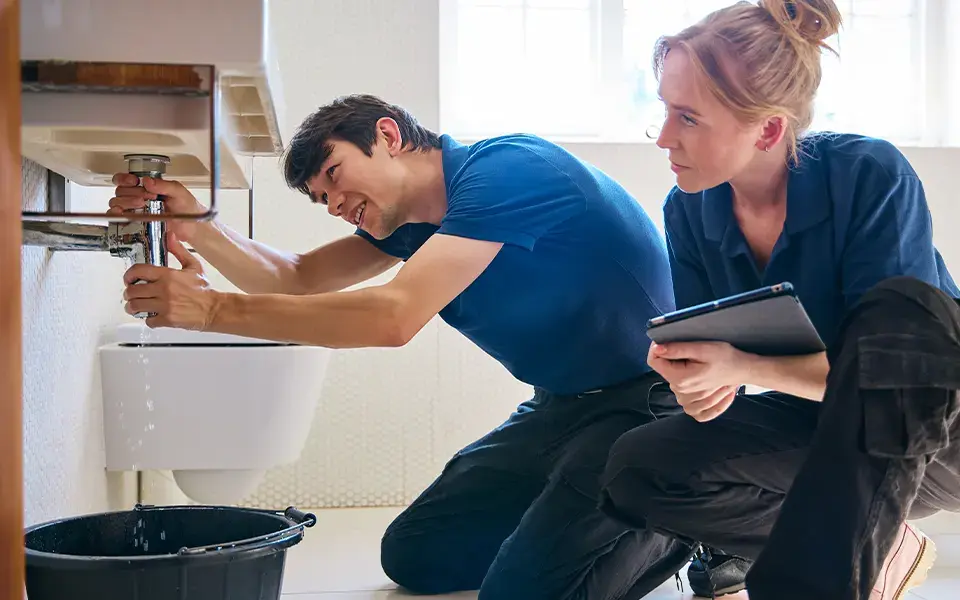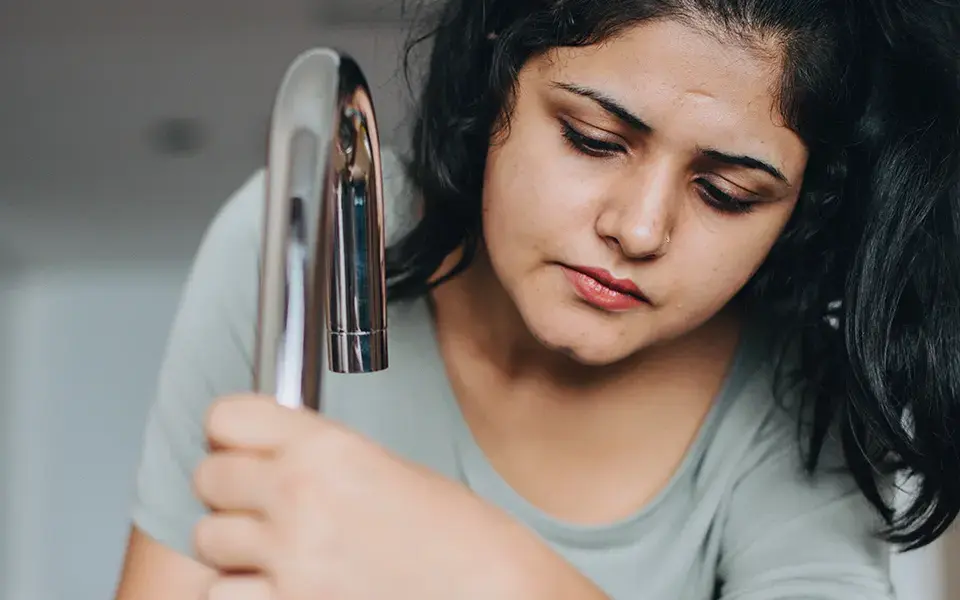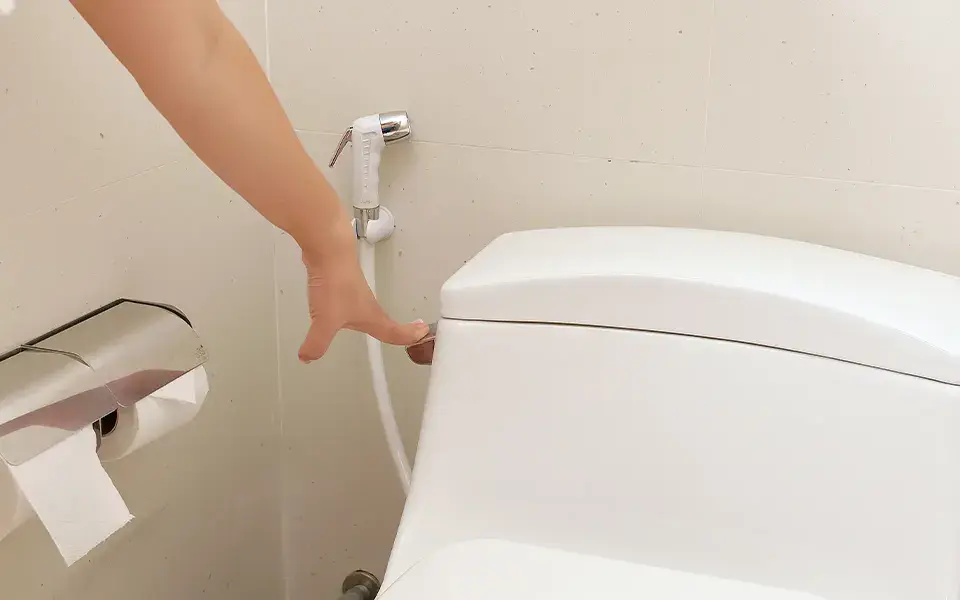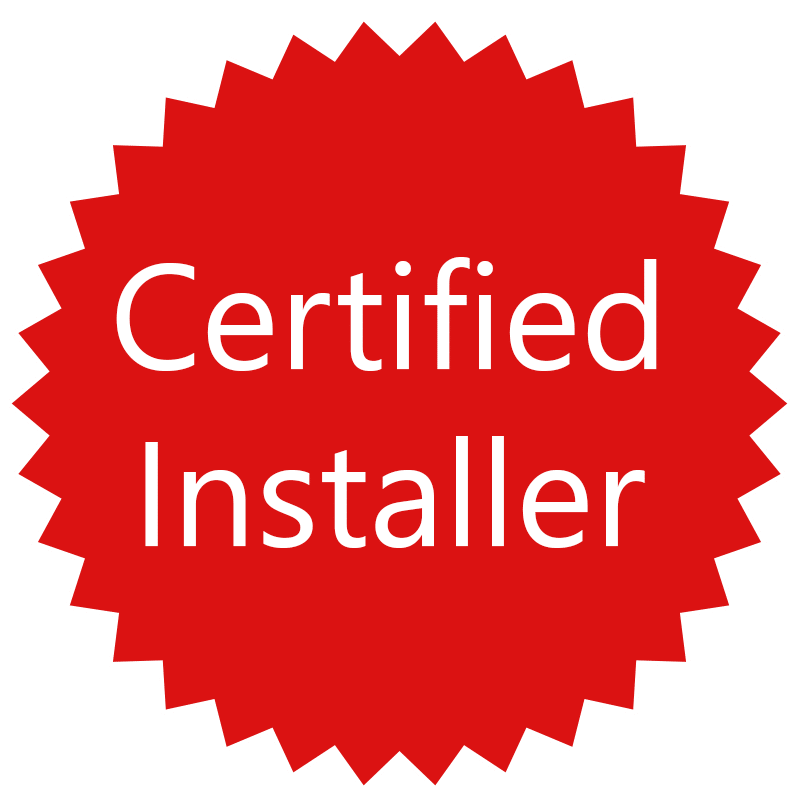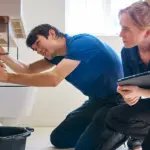
Top 10 Best Plumbers in Kelowna
May 15, 2025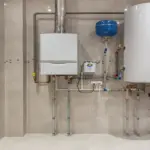
Suspected Hot Water Tank Issues? Here’s What Could Be Wrong
September 12, 2025Most people do not give their plumbing much thought until there is a problem. A burst pipe, a mystery leak, or a hot water outage can stop your day cold. The truth is, just like your car or your furnace, your plumbing system needs a bit of regular attention. A little time spent now can save you from expensive repairs, messy cleanups, and a lot of stress later.
You do not need to be a pro to keep things in good shape. With a few easy habits and seasonal check-ins, you can catch small issues before they turn into big ones. Here is a practical plumbing maintenance checklist you can follow any time of year, whether you are prepping for winter, doing your spring cleaning, or just want to stay ahead of trouble.
1. Check for Leaks
Leaks are not always obvious. Sometimes you will find a puddle under the sink, but more often they are slow drips or damp spots you only notice if you are looking for them. Every couple of months, take a walk through your home and check under sinks, behind toilets, near your water heater, and around appliances like your dishwasher and washing machine.
If you spot water stains, mould, or dampness, do not ignore it. Even a tiny leak can waste a lot of water and cause serious damage over time. Another clue is a sudden jump in your water bill without any change in how much you are using, which often means there is a hidden leak somewhere.
2. Flush Your Water Heater
If your water heater has been working quietly in the corner for years, it is worth giving it some attention. Over time, minerals in the water settle at the bottom of the tank. That buildup, called sediment, makes your water heater work harder and less efficiently.
Once a year, it is a good idea to flush the tank. It is not complicated, but it does take a bit of care because you are draining hot water. Flushing clears the sediment and helps your heater last longer. If you have noticed your hot water running out faster than usual or heard rumbling noises from the tank, that is a sign it might be overdue.
3. Keep an Eye on Water Pressure
Water pressure is one of those goldilocks situations. Too little is annoying, but too much can damage pipes and fixtures. A simple pressure gauge from the hardware store can tell you exactly where you are at. Screw it onto an outdoor tap and turn it on.
Ideally, you will see somewhere between 40 and 80 psi. If it is outside that range, it is worth figuring out why. Too much pressure can wear out seals and connections, while too little might mean there is a clog, leak, or municipal supply issue.
4. Test Your Sump Pump
If you have a sump pump, it is there for a reason, to keep your basement from flooding during heavy rain or snowmelt. The worst time to find out it is not working is when you need it most.
A quick test is easy. Pour a bucket of water into the pit. The pump should kick on and push the water outside. While you are at it, check the discharge line to make sure it is clear and flowing. A few minutes of testing can save you thousands in water damage.
5. Insulate Pipes Before Winter
Cold snaps in Kelowna can be brutal, and frozen pipes are one of the most common winter plumbing headaches. Pipes in unheated spaces like garages, crawl spaces, or exterior walls are especially at risk.
In the fall, wrap them with foam pipe insulation. It is inexpensive and takes just minutes to install. If you have had frozen pipes before, pay special attention to those spots. This small job can be the difference between a normal winter morning and a burst pipe emergency.
6. Schedule a Yearly Plumbing Checkup
Some plumbing issues hide well. Corrosion inside a pipe, a slow leak behind a wall, or a failing shut-off valve might not show signs until it is too late. Having a licensed plumber do a yearly plumbing inspection is like getting a check-up for your home’s water system.
They will spot things you cannot see, make sure everything is up to code, and give you peace of mind that you are not sitting on an expensive surprise.

7. Keep Drains Clear
A slow drain might not seem urgent, but it is usually the start of a bigger clog. Get in the habit of preventing blockages before they form. In the kitchen, avoid pouring grease or coffee grounds down the sink because both solidify and cause buildup. In bathrooms, hair catchers in the shower or tub work wonders.
Once a month, flush drains with a mix of baking soda and vinegar, followed by hot water. It is gentler on pipes than chemical drain cleaners and still helps clear debris.
8. Watch for Warning Signs
Your plumbing system will often give you a heads-up if something is wrong. Listen for gurgling sounds when water drains, take note of slow sinks or tubs, and watch for discoloured or rusty water. Unusual smells from taps or drains can also mean trouble.
Puddles near appliances, walls, or baseboards are a sign water is getting where it should not. The sooner you act on these warnings, the easier and cheaper the fix will be.
Stay Ahead of Plumbing Problems
Regular plumbing maintenance does not need to be complicated. A few quick checks throughout the year, like looking for leaks, testing your sump pump, and flushing your water heater, can keep your system running smoothly and prevent costly repairs.
When something feels off or you would rather have a professional handle it, do not wait. Getting help early is always better than dealing with the aftermath of a burst pipe or major leak.
Need a hand with your plumbing?
Regular maintenance is important, but sometimes it takes a professional to spot the hidden issues. Get in touch today to book your service.

